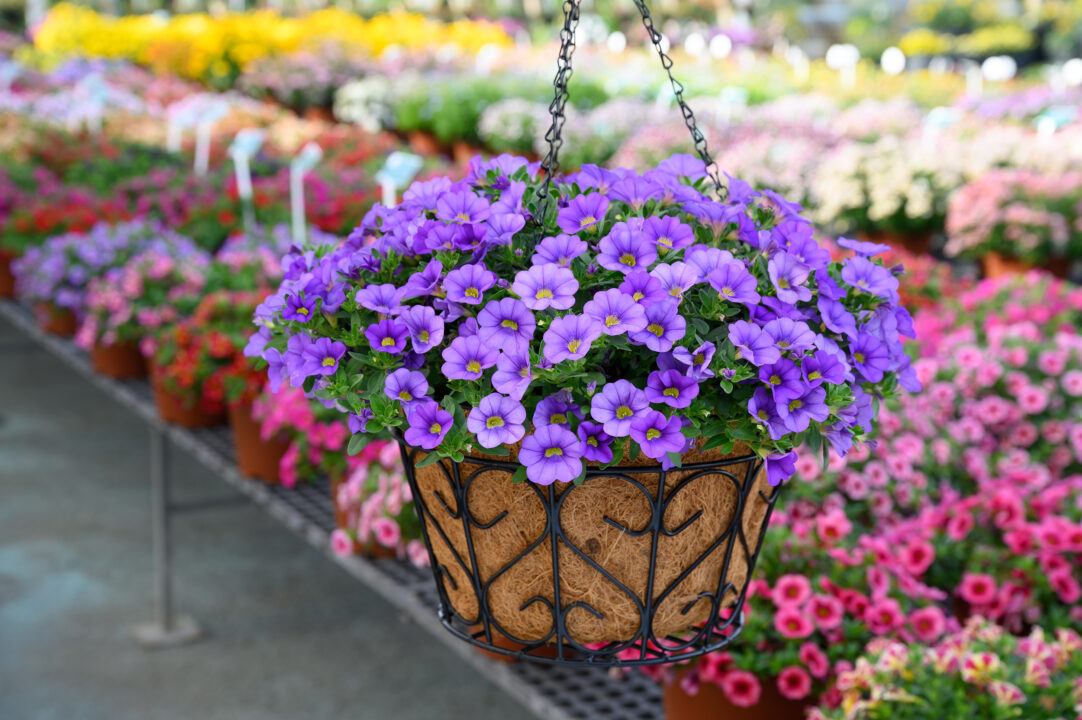Reshaping The Supply Chain
Two years ago, when Greenhouse Grower celebrated its silver anniversary with a look back on the industry over the last two-plus decades, we also took a fun look ahead at how the next 25 years might play out.
We explored a few absurd notions like product being shipped from the United States to the Yukon, completely virtual storefronts and the possibility that our Top 100 Growers could be whittled down to a Top 5 or 6, with mega growers producing in facilities that exceed 500 million square feet.
If our industry is moving into a mega grower age, that day is probably sometime beyond the next 25 years. But what about the young plant sector? Is the day approaching when our Top 25 Young Plant Growers are the only 25 young plant growers in the industry? What about five or six mega young plant growers?
That day, too, is probably light years away. But considering consolidation and how a few large greenhouse operations have exclusively aligned with or formed large brokerage companies over the years, my curiosity is piqued and I wonder about the possibility.
Trend Setter?
Tagawa Greenhouses, of course, is a one-stop shop for Ball Seed material, and Green Circle Growers has a sister brokerage company in Express Seed. Add in Costa Farms, which launched a new division in Total Growth Solutions (TGS) earlier this year to market and distribute young plants for Syngenta Horticultural Services (SHS), and that’s yet another prominent grower in an exclusive broker partnership. Are other growers next, assuming they’re in position to serve brokers exclusively?
“I don’t know that I can say. Every situation is different,” says Jeff Burkholder, senior business manager at SHS. “Costa hasn’t formed TGS with Syngenta, but for us and our customers. Total Growth Solutions was created to operationally separate Costa’s young plant business from its other businesses.
“SHS encouraged them to do that because we believe our suppliers need to have clear operational and management focus on their young plant production for the grower customer. We firmly believe this structure serves the entirety of the supply chain best.”
Before TGS was formed, the only young plants Costa produced were for internal use. The formation of TGS adds yet another element to Costa’s offerings, and Syngenta wins because it’s improving and expanding the supply of its own young plants in the market.
Yes, the grower-broker model limits which growers bring young plants to market. But the goal behind it is to make receiving and using material easier and more convenient. Brokers aligning with growers has crop quality advantages in certain regions, too. But will we see more grower-broker partnerships in the future? “Certainly, if other [growers] can find similar situations for them, I assume they would pursue them,” Burkholder says.
Want to know more about TGS and why it’s better positioned to serve the market? Find out in the page 22 article, “New Kids On The Block.”









